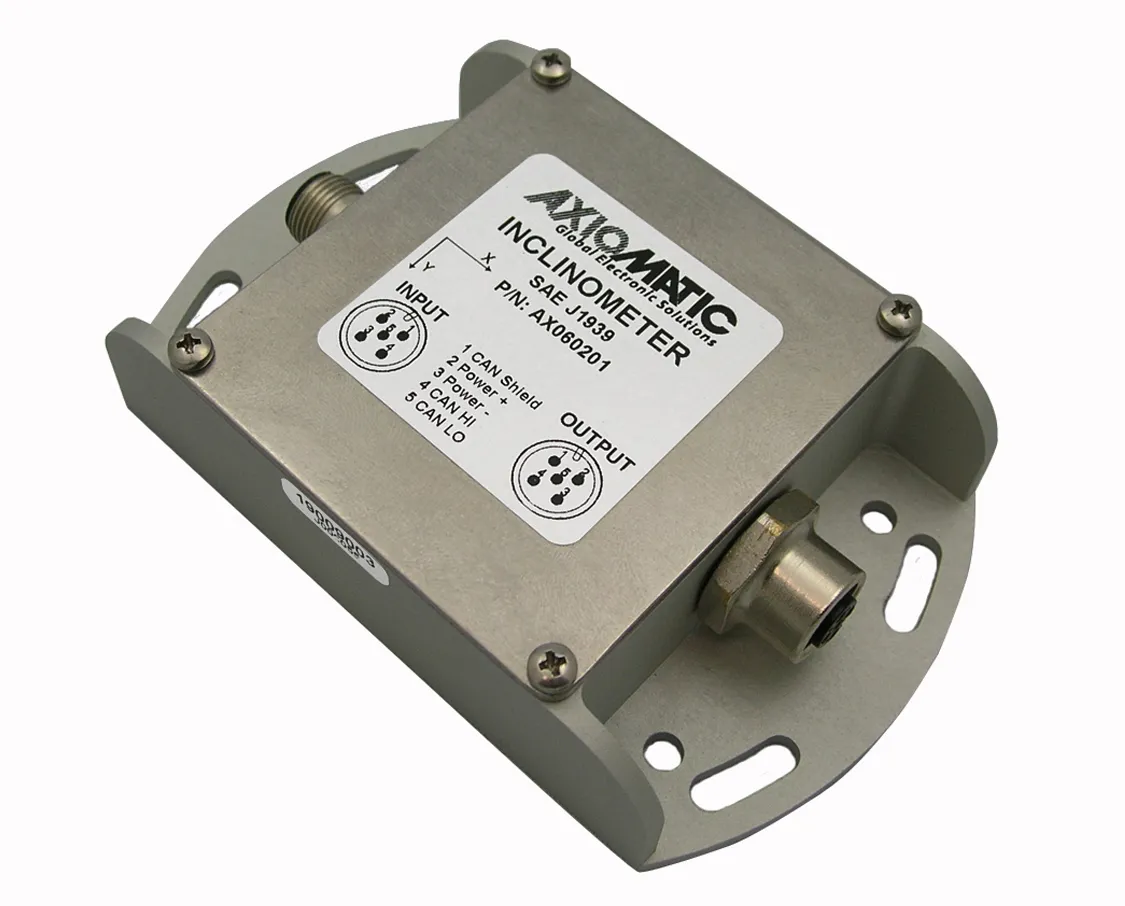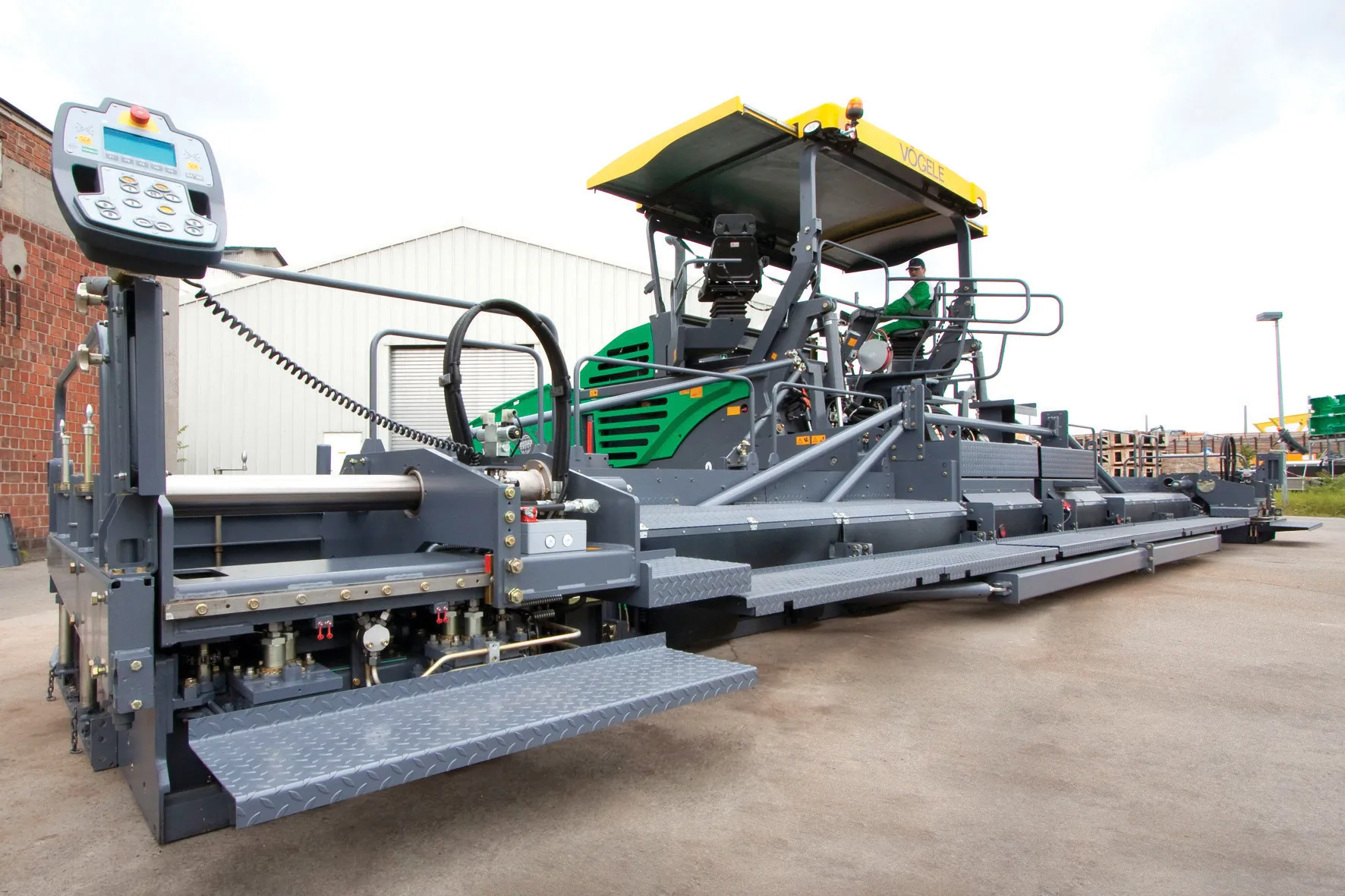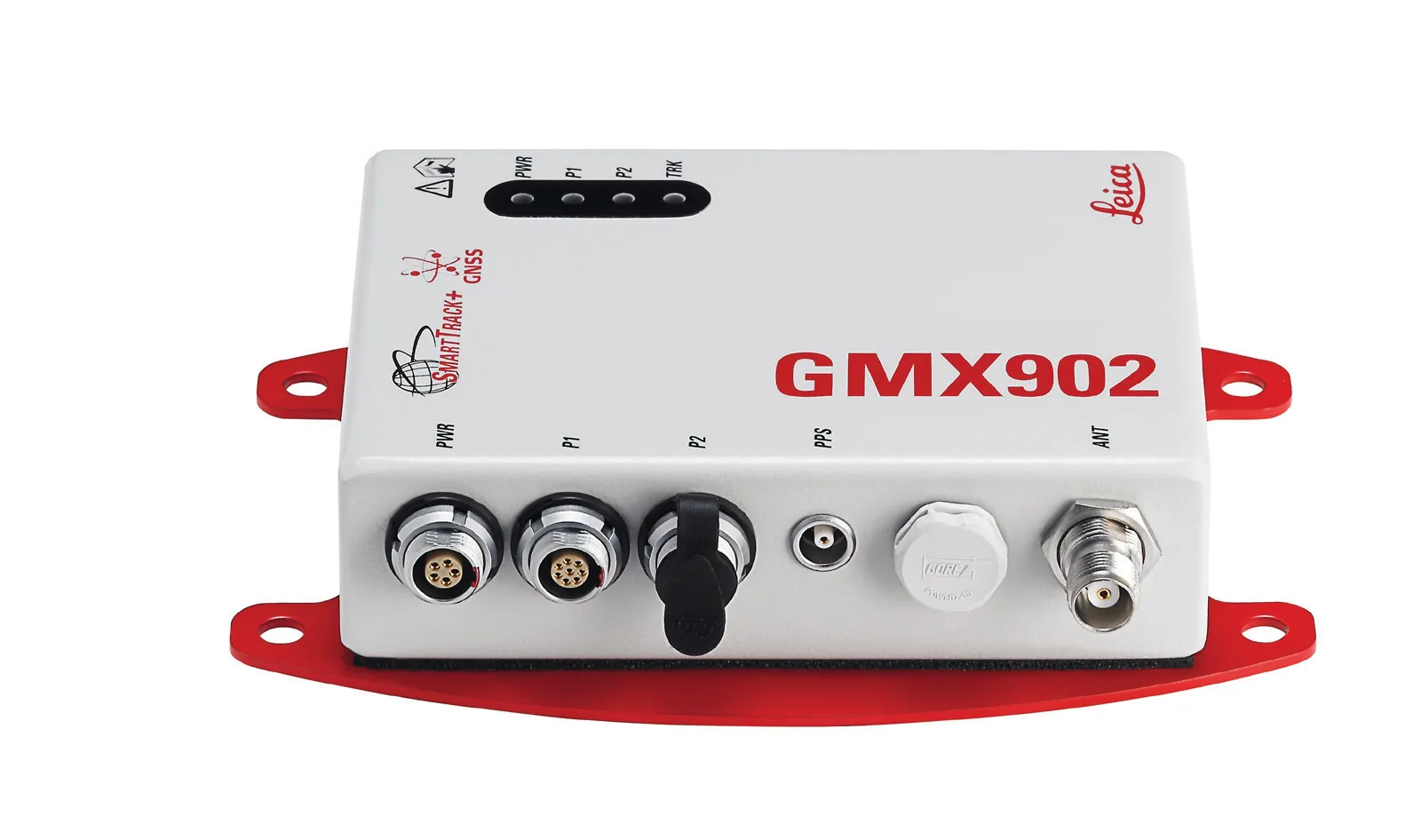Tilting sensed Rugged inclinometers and tilt sensors are offered by Axiomatic, which has a series of new low cost units that can measure ±90º degrees or 360 degrees angular rotation. The angles are measured by a two-axis MEMS sensor, which senses acceleration caused by gravity. In a tilt sensor application, an out-of-range state can be transmitted as one of its outputs. The latest AX06025X series features CANopen networking, an RS-232 port or three Voltage outputs for communicating the angular measurement.
February 6, 2012
Read time: 2 mins

Tilting sensed Rugged inclinometers and tilt sensors are offered by 1532 Axiomatic, which has a series of new low cost units that can measure ±90º degrees or 360 degrees angular rotation. The angles are measured by a two-axis MEMS sensor, which senses acceleration caused by gravity. In a tilt sensor application, an out-of-range state can be transmitted as one of its outputs.
The latest AX06025X series features CANopen networking, an RS-232 port or three Voltage outputs for communicating the angular measurement. The inclinometer series also supports the SAE J1939 CAN interface under the p/n's AX0602XX. The J1939 inclinometer is fully configurable using the Axiomatic Electronic Assistant programming tool for PCs. All units are packaged for an IP67 rating with M12x2 5-pin connectors or M12 x1 5-pin. The inclinometer is designed to measure inclination angle in two orthogonal sensing directions X and Y in the range of up to ±90º. If vertically installed, it can measure an inclination angle in one sensing direction in the ±180º (0-360º) range.
The latest AX06025X series features CANopen networking, an RS-232 port or three Voltage outputs for communicating the angular measurement. The inclinometer series also supports the SAE J1939 CAN interface under the p/n's AX0602XX. The J1939 inclinometer is fully configurable using the Axiomatic Electronic Assistant programming tool for PCs. All units are packaged for an IP67 rating with M12x2 5-pin connectors or M12 x1 5-pin. The inclinometer is designed to measure inclination angle in two orthogonal sensing directions X and Y in the range of up to ±90º. If vertically installed, it can measure an inclination angle in one sensing direction in the ±180º (0-360º) range.








